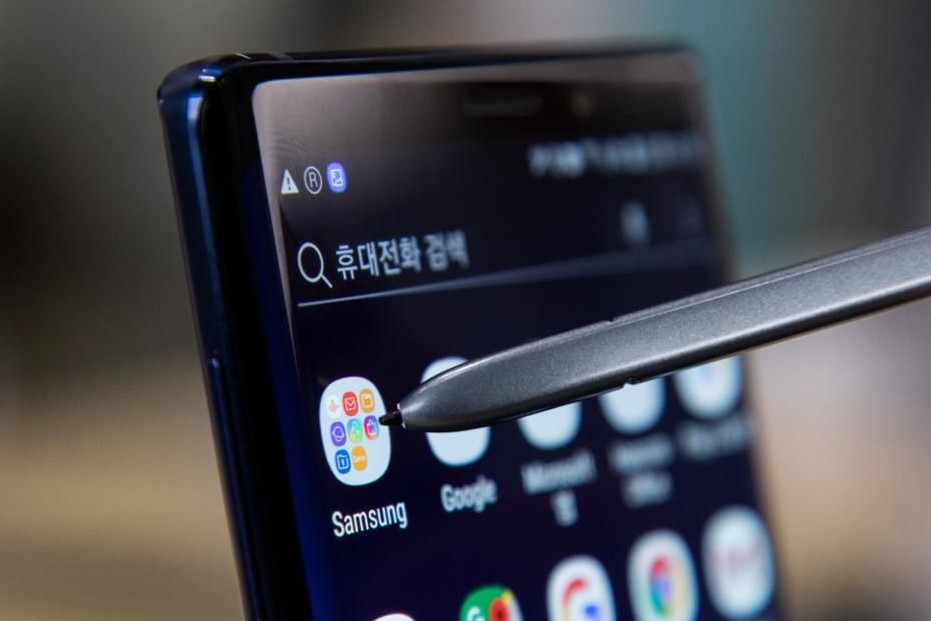
Samsung is one of the few phone manufacturers that has a solid history of innovation, even if it doesn’t always work out. But for the last few years the Korean company has prioritised incremental upgrades on a tried and tested design.
The Galaxy S11 is Samsung’s opportunity to change all of that and create some distance between its upcoming Note 10, which, if leaks are accurate, is shaping up to be an incremental upgrade.
But what does the Galaxy maker need to do to make the S11 markedly different from the Note 10?
OnePlus changed everything
If OnePlus has done anything in recent years, it’s show us that affordable doesn’t necessarily mean cheap. Yes, there are compromises to hit lower price points, but for budget conscious buyers they’re reasonable trade offs. That’s all changed with the OnePlus 7 Pro, which is both cheap(er) and top-end.
The result is that it leaves Samsung with little justification in charging near, or over, $1000 for its top handsets. At every turn, OnePlus has maxed out on specs; battery, RAM, display, build, sensors, security – it’s all what you’d see in, well, a Samsung device. The jury is still out on OnePlus7 Pro’s camera though, which is a key feature for consumers.
But Samsung can’t dine out on its camera abilities alone. It will need to deliver the high-end experience it normally does, but at a more competitive price. Because consumers are becoming increasingly weary of new, expensive smartphones – and price is fast becoming one of the biggest draws for people to upgrade. By the time the Galaxy S11 launches next year – with Google, Apple, and IFA launches in between – it might arrive in the middle of a price war.
Pick up where Huawei left off
Before it all came crumbling down for Huawei, the Chinese company developed some very impressive camera zoom technology. Reports suggest Samsung is doing the same, but it’s unlikely to make it into the Note 10, which means it could be debuted in the S11.
It’s not just zoom tech that Samsung should be copying from Huawei, either. Despite the company’s obvious problems, it did (does) relentlessly innovate. And it was rewarded for it too, with a rapidly growing market share that was set to eclipse Samsung. The Korean company should take this opportunity to reignite its innovative credentials and reinvent the Galaxy S line for next year’s device. Another shot at a more ergonomic foldable phone is a good place to start, and perhaps consider a more modular device with replaceable – and repairable – parts.
Samsung is in a fairly unique position of having the technical know how – and size – to produce innovative tech and take a small hit if it doesn’t work out. It also launches three different versions of the same device at once, so at least one of those should be the experimental handset. The S11 could be – should be – much more than an incremental upgrade on a design that’s grown stale over the last few years.
